How our Solar System will end in the far future
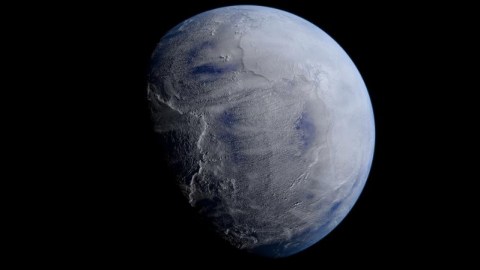
Beyond climate change, ice ages or even the death of our Sun, the cosmic dance continues for ages. Here’s how it will truly end.
“The way to love anything is to realize that it might be lost.” –G. K. Chesterton
It took 13.8 billion years of cosmic evolution to bring us here. Generations of stars had to live and die to create the heavy elements; small proto-galaxies had to merge together to create the Milky Way; interstellar gas clouds had to collapse and form new stars with rocky planets around them; complex inorganic and organic chemistry needed to take hold on one of those newly formed worlds; biological evolution — and natural disasters — underwent a very particular path, finally culminating in the emergence of human beings just a few hundred thousand years ago. Over the past 12,000 years or so, we developed agriculture, science, nations and all of modern civilization as we know it today. It’s a remarkable journey that has transformed our world and, thanks to humanity’s space program, has transformed our Solar System as well.
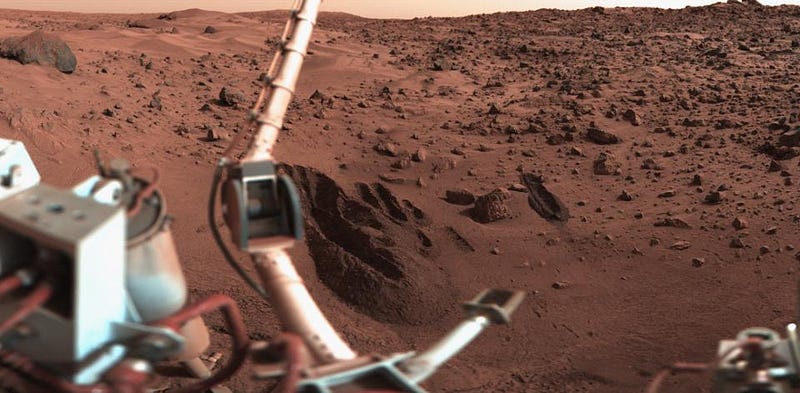
But the world we enjoy today, no matter what we do, won’t last this way forever. A number of terrestrial events are going to happen that change things on our world, sure, making Earth hardly recognizable to someone alive today. After about 60,000 years, the Sun and stars will have moved enough that the current constellations will be scrambled and vastly different from how we see them today. Another 100,000 years after that, we’re probably looking at the next ice age, thanks to factors that have nothing to do with human influence. And before the next million years is out, the Yellowstone Supervolcano will likely blow, changing the landscape of Earth forever.
But all of that is peanuts compared to what the Universe has in store for us.
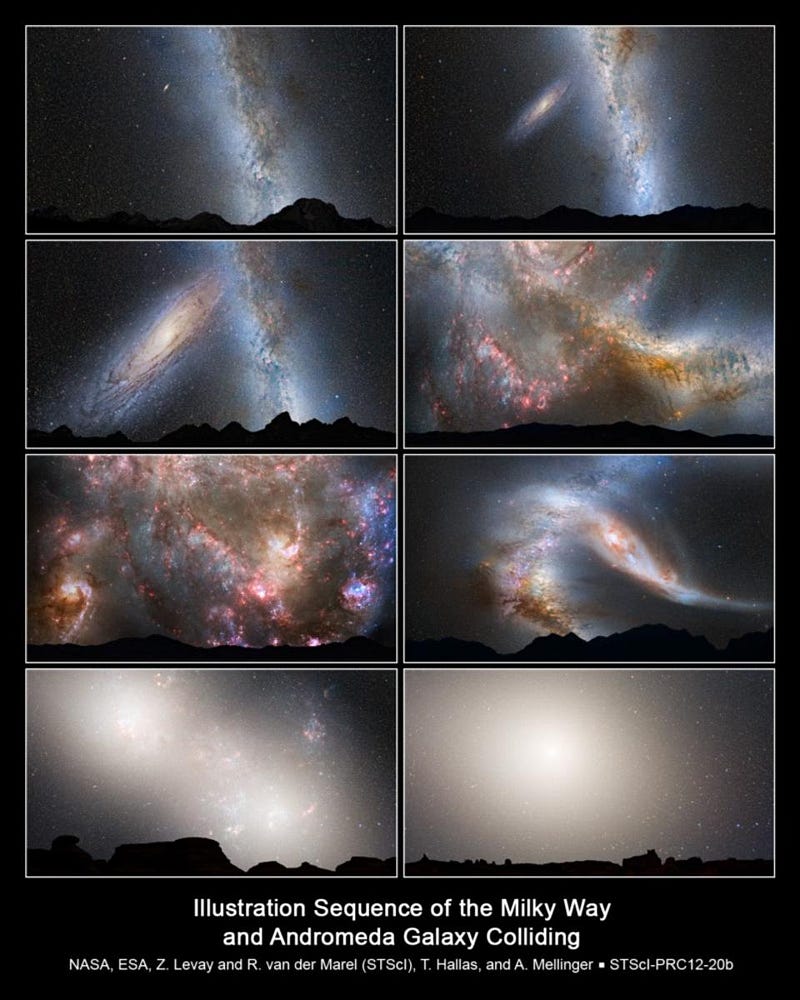
Starting in a little under four billion years, the Andromeda Galaxy (and quite possibly the smaller Triangulum Galaxy) will merge with our own Milky Way, causing a spectacular change to our galaxy’s structure and to the night sky in general. Currently 2.5 million light years away but moving towards us at 43 km/sec, our best simulations indicate that the first collision and burst of star formation (panel 4, above) will happen in 3.8 billion years, and that merger will be complete (panel 8) after 5.5 billion years. Gravitation will cause the entire local group to eventually merge with us, forming one giant elliptical galaxy: Milkdromeda, of which our Solar System will still be a part. On larger cosmic scales, all the other galaxies will continue to accelerate away from us, eventually — after perhaps 100 billion years — receding from our view entirely.
But our Solar System will remain intact through it all, even though it won’t look quite like it does today. The Sun will continue to get hotter as it ages, boiling our oceans in approximately 1–2 billion years and ending life-on-Earth as we know it. Eventually, about 5–7 billion years down the line, we’ll run out of nuclear fuel in the Sun’s core, which will cause our parent star to become a Red Giant, engulfing Mercury and Venus in the process. Due to the particulars of stellar evolution, the Earth/Moon system will probably be pushed outwards, and be spared the fiery fate of our inner neighbors.
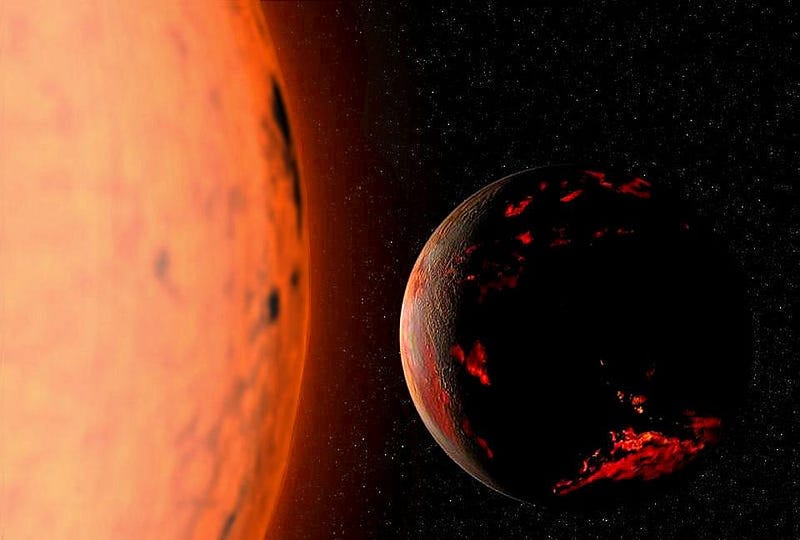
After burning through its remaining nuclear fuel — mostly the helium in its core — the Sun expels its outer layers to form a planetary nebula, and the core of our star will contract to become a white dwarf. This is the eventual fate of nearly all stars in our Universe. But the planets will still be here, orbiting our cold, dim stellar remnant, and this process will complete around 9.5 billion years from today.
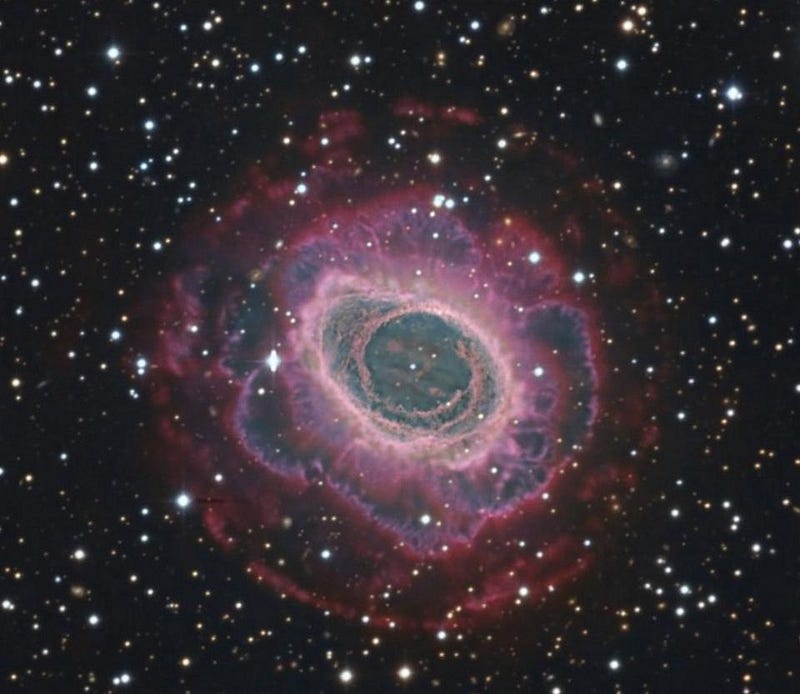
During all this time, however, the Earth continues to orbit the Sun while the Moon continues to pull gravitationally on it, and that causes a torque, which is what you get when you apply an external force to a rotating object. This causes the Moon to move farther away from the Earth while simultaneously causing the Earth’s rotation to slow down! The slowdown is almost imperceptible; the Earth’s rotation slows (and hence the day lengthens) by a mere 1.4 milliseconds per century, but we’ve got time. After about 50 billion years pass, the Moon’s orbital period will be more like 47 days (as compared to the present 27.3 days), and our 24-hour-day will have slowed to match: it will take 47 of today’s days to make just one day on the 50-billion-year-in-the-future Earth’s day. At this point, the Moon and Earth will be tidally locked, so that the Earth and Moon always appear in the exact same position in one another’s skies.
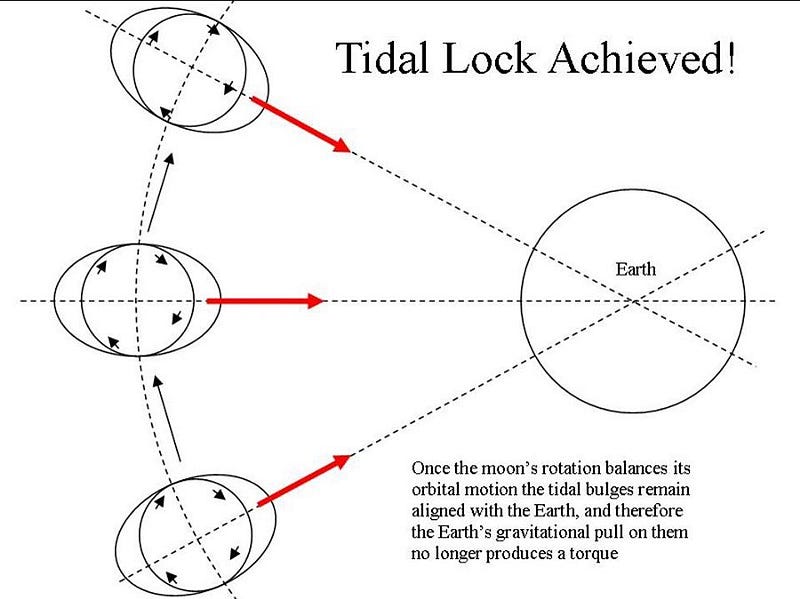
While star formation will continue, dying stars will lend their fuel to interstellar space and failed stars will spiral in and merge together, the amount of material for making stars is finite. Even the longest-lived stars will last for only around 100 trillion years (10¹⁴ years), and after about a quadrillion (10¹⁵) years, star formation will cease entirely. Only the occasional collision or merger between failed stars or stellar remnants will provide light to our galaxy, as the last stellar remnants cool and fade into darkness. Eventually, white dwarf stars will go black, as they cool and radiate their energy away. This will take a very long time: maybe 10¹⁶ years by my estimates (although your mileage will vary), or about a million times the present age of the Universe. The atoms will still be there, but they’ll be just a few degrees above absolute zero. At this point, the entire night sky will be truly dark and black, with no visible light at all, as all the stars in our local group will have burned out.
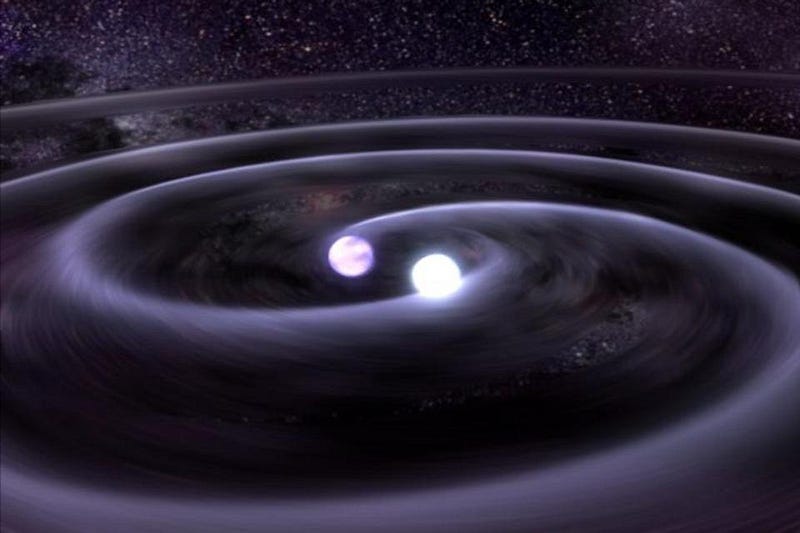
You might wonder how long it will take for our black dwarf that was once our Sun to encounter another one, potentially merging and revitalizing it. Between us, Andromeda, and the rest of the local group, there will be some one trillion stars and stellar remnants flying around. In this chaotic system, a typical star system may go a very, very long time without colliding with anything else, but we’ve got all kinds of time. After approximately 10²¹ years, the now-black dwarf at the center of our Solar System will randomly collide with another black dwarf, producing a Type Ia Supernova explosion, and effectively destroying what’s left of our Solar System.
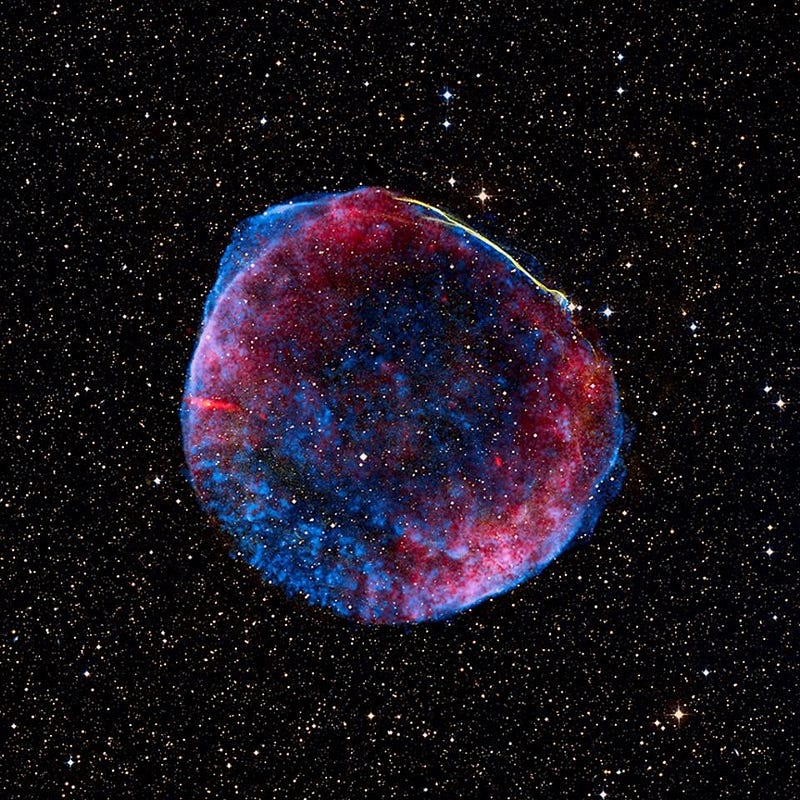
That will be the eventual fate of many stars in our local group, but not all, and likely not ours! There’s another competing process that is more efficient, and therefore more likely to happen to us: gravitational ejection from the local group due to a process called violent relaxation! When there are multiple bodies in a gravitationally chaotic orbit, sometimes one will get ejected, leaving the rest even more tightly bound. This is what happens in globular clusters over time, and explains both why they’re so compact and also why there are so many blue stragglers — or older stars which have merged together — in the core of these ancient relics!
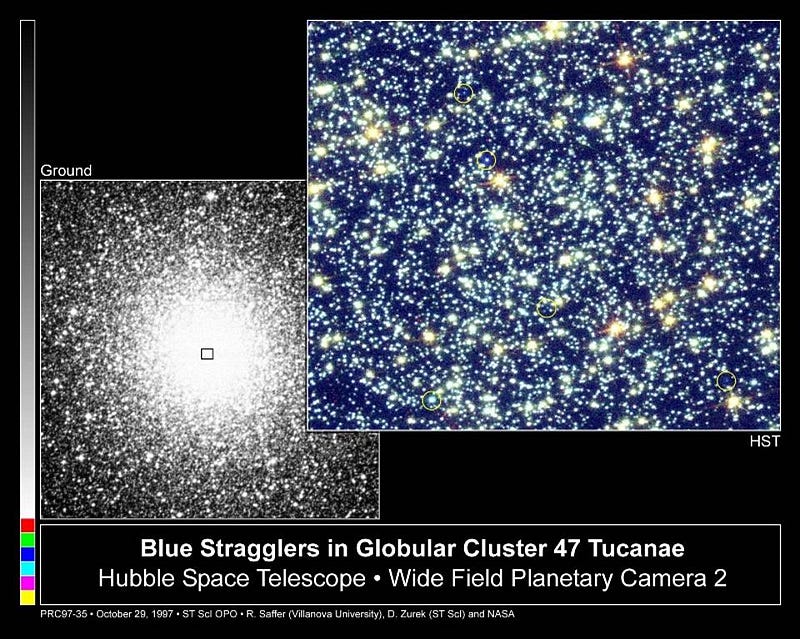
Gravitational ejection is about 100 times more likely than a random merger, meaning our star and the remaining bound planets will probably be ejected into the abyss of now-empty space after around 10¹⁹ years. But even at that, with Earth orbiting our stellar remnant and with nothing else around, things won’t last forever. Every orbit — even gravitational orbits in General Relativity — will very, very slowly decay over time. It might take an exceptionally long time, some 10¹⁵⁰ years, but eventually, the Earth (and all the planets, after enough time) will have their orbits decay, and will spiral into the central mass of our Solar System. That’s our fate if we’re ejected.
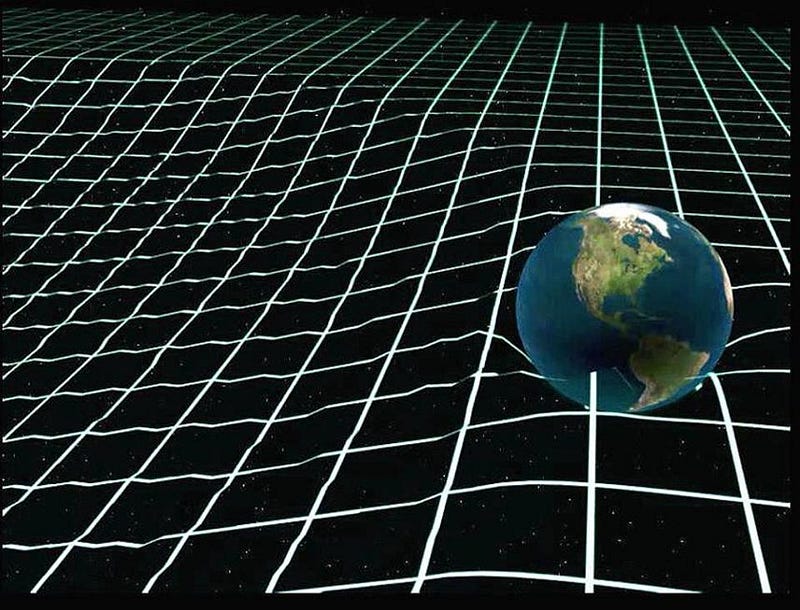
But if we remain in the giant galaxy that Milkdromeda evolves into, spiraling into our galaxy’s central black hole won’t be our fate. It would take 10²⁰⁰ years for that to happen, but black holes can’t live that long! Thanks to the combined properties of General Relativity and quantum physics, black holes will lose mass and evaporate over time via a process known as Hawking radiation after its discoverer: Stephen Hawking. This radiative decay will take out even the most supermassive black holes in the Universe after only some 10¹⁰⁰ years, and a solar-mass black hole in a meager 10⁶⁷ years.
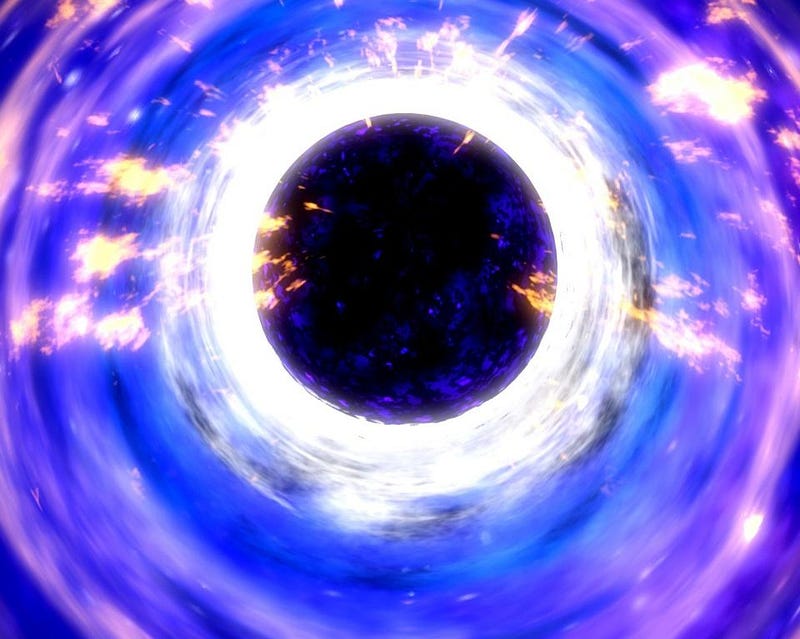
After the black hole decays, only dark matter will remain, meaning Earth will spiral into black dwarf that was once our Sun after all. The only thing that can avoid it is if a collision or close gravitational interaction knocks Earth out of our Sun’s orbit, freeing us to be released into the depths of empty space. No matter how many times our world ends in fire, our ultimate fate is to freeze in a cold, empty Universe. All of this, too, shall pass.
This post first appeared at Forbes, and is brought to you ad-free by our Patreon supporters. Comment on our forum, & buy our first book: Beyond The Galaxy!





